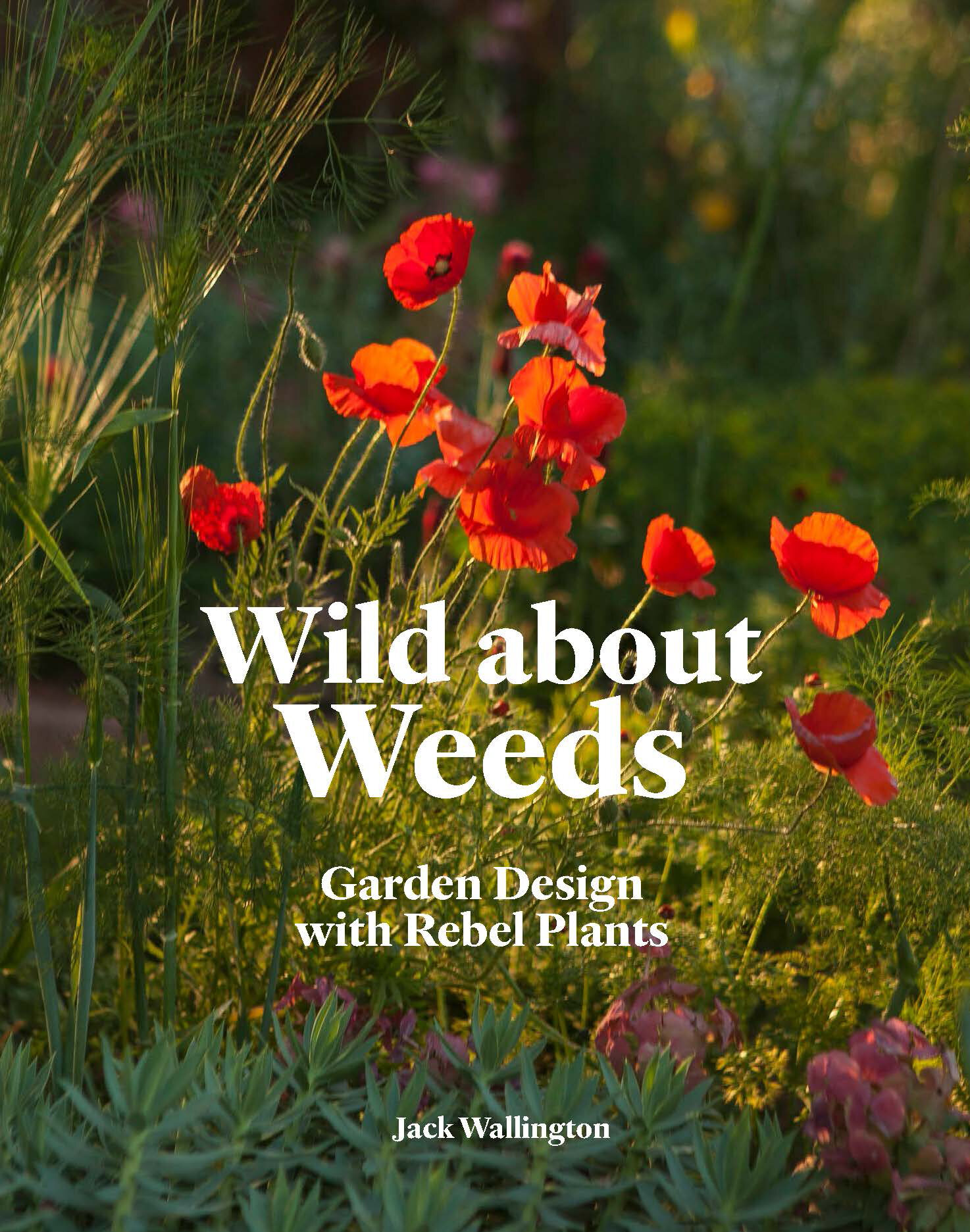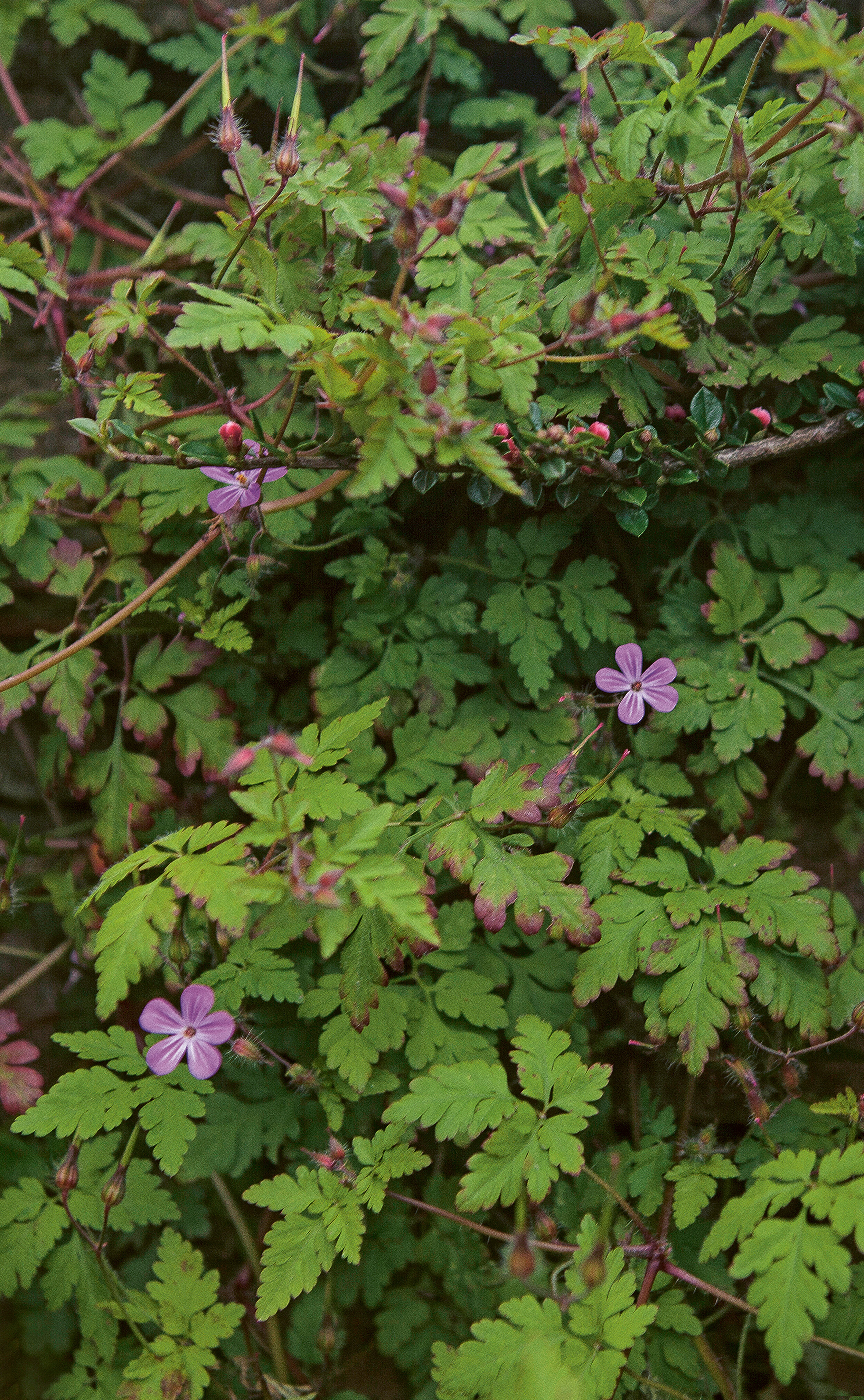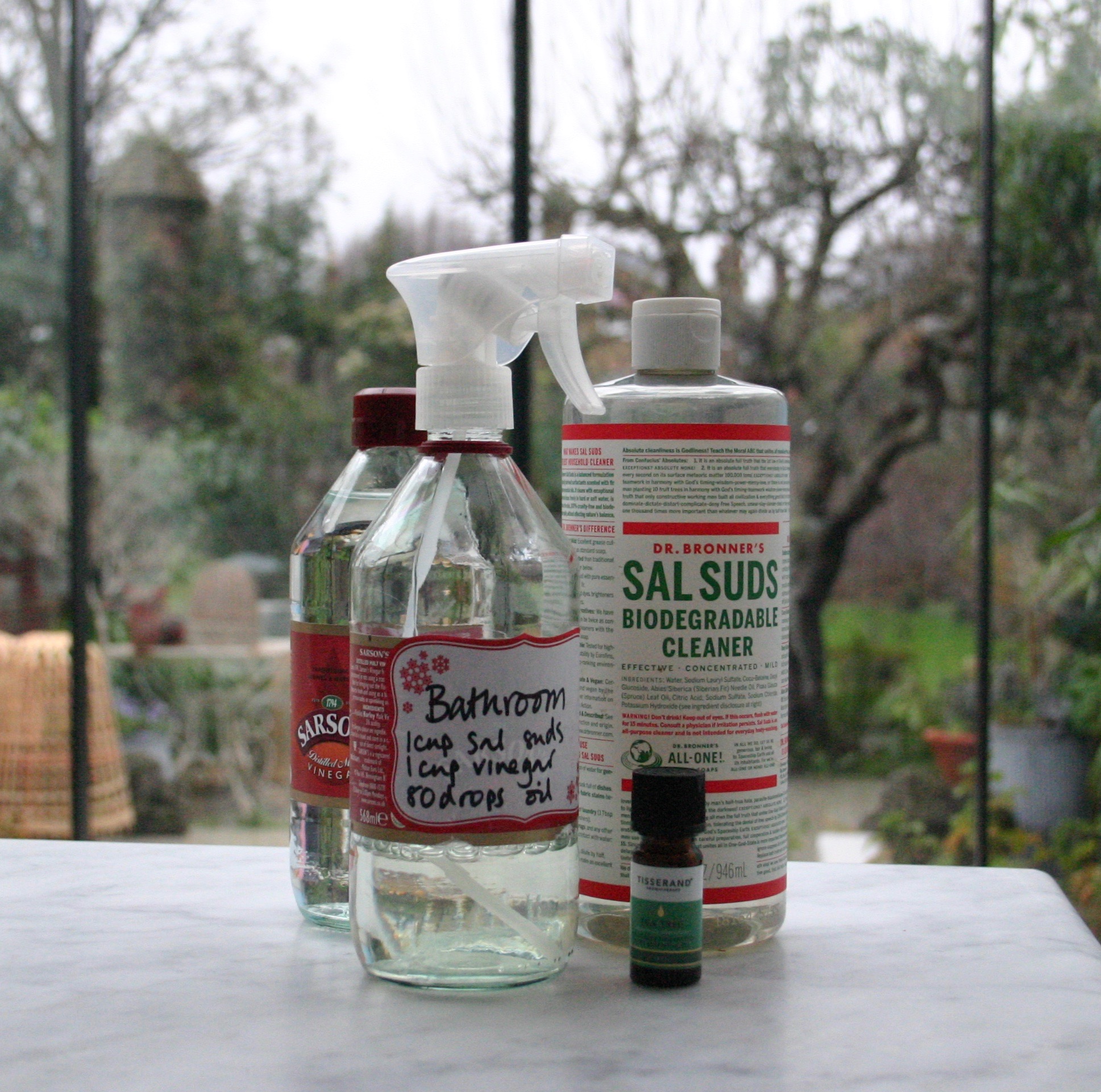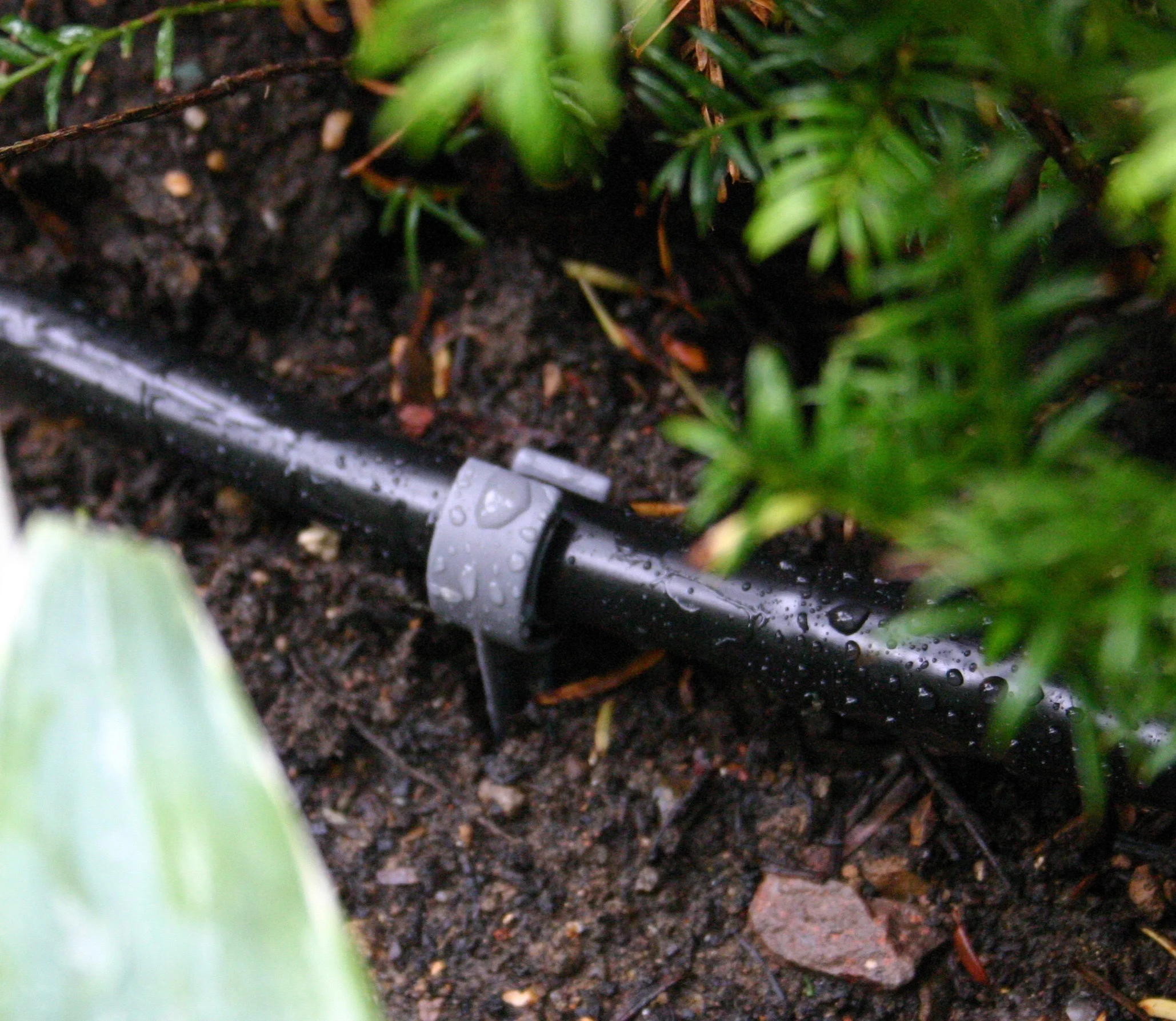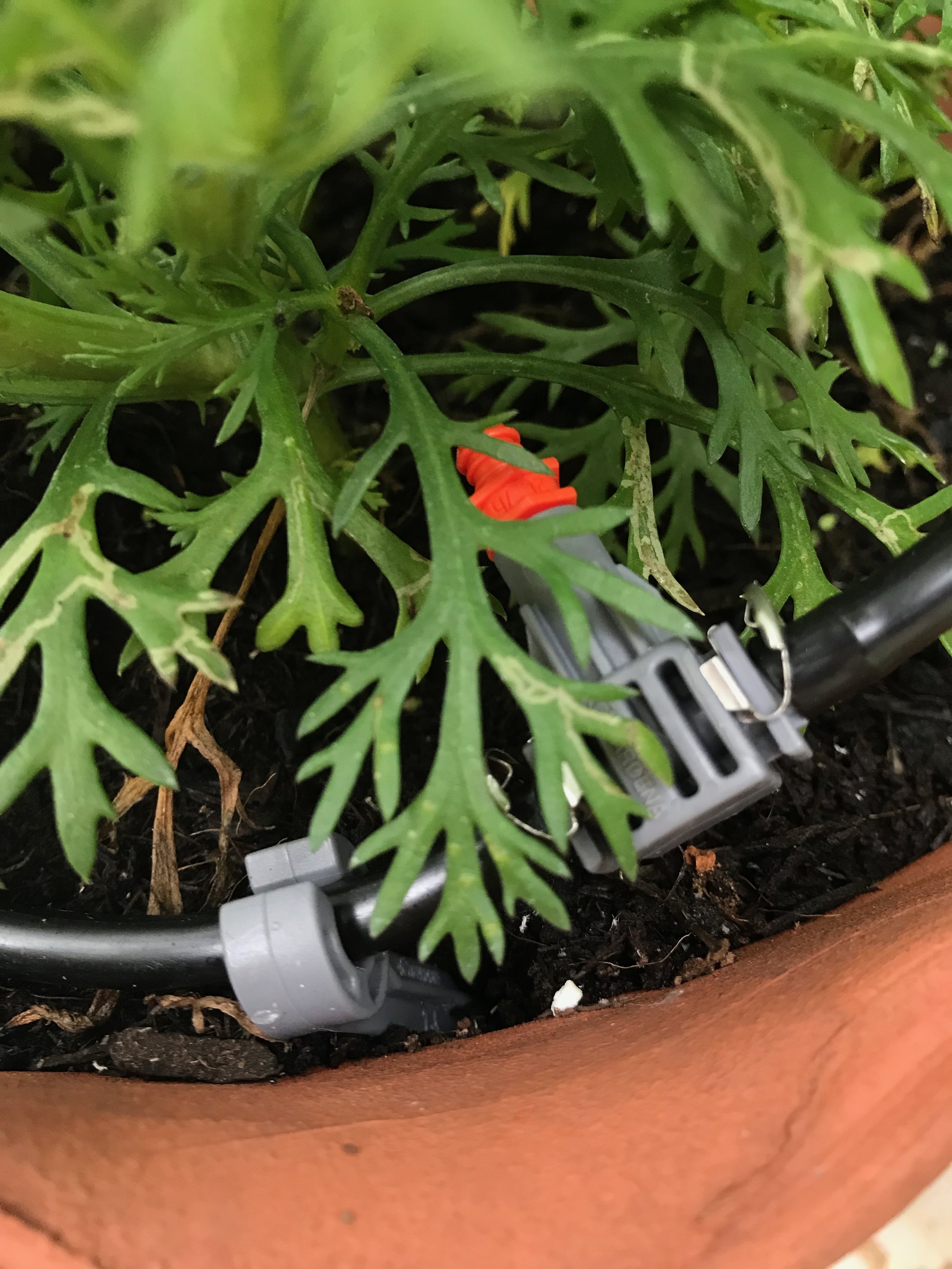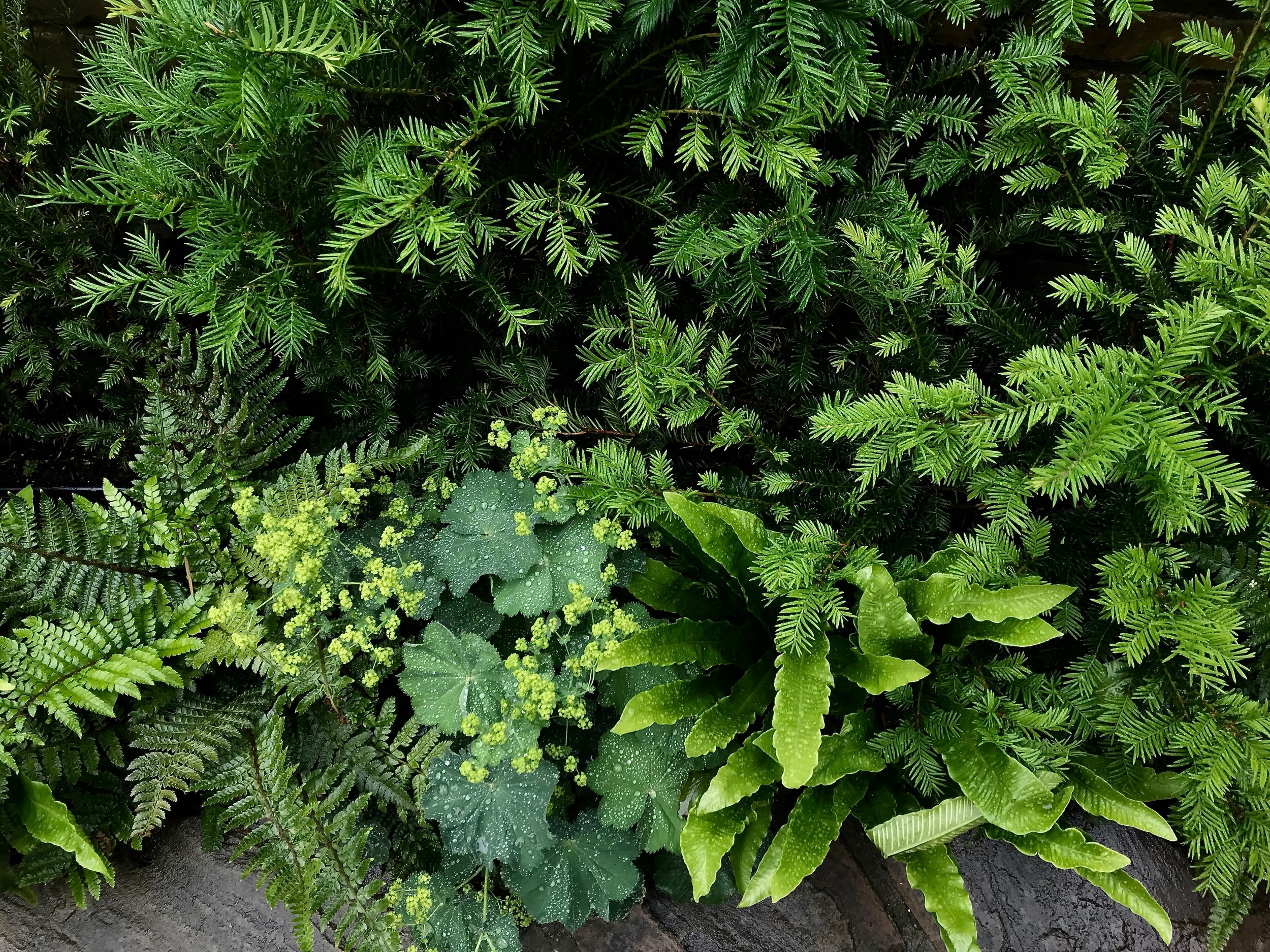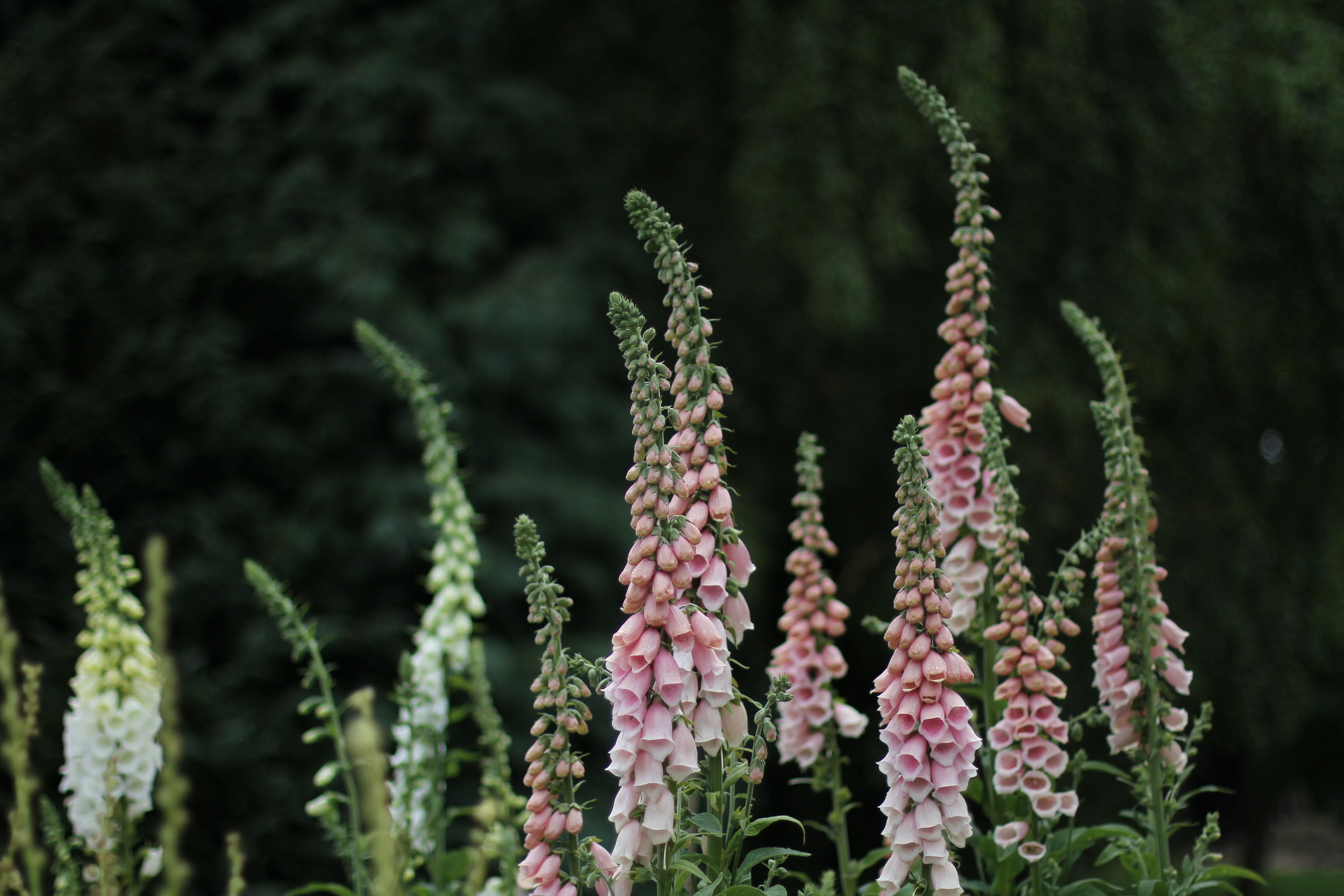There are some books that come into my life and a few hours later I have filled five pages of my notebook with their wisdom and brilliance. This is one of those -
Wild About Weeds celebrates our less celebrated plants, not just in the form of a eulogy, but in a practical way, so that you and I can take the information and use it to help us find a space for ‘weeds’ in our own gardens. Being a slovenly type, I’ve always had a love for weeds - the herb robert that populates window-boxes gone fallow, the iris foetidissima that gives me the chicest blooms and the brightest berries every year, even the dandelions, coming up with a big ‘screw you’ and a sunny smile every year in the lawn, but this book has expanded my horizons when it comes to considering how I perceive and deal with ‘weeds’.
Herb Robert
We all know the old saying that a weed is any plant you don’t want in your space, but I’m not sure I had properly considered what I wanted until I delved into this book. Why am I pulling out this buttercup? Do I really need to? Or have I just conditioned myself to destroy anything that dares to pioneer its way into my garden, uninvited. Well, I’ve never thrown a party that wasn’t vastly improved by the gatecrashers. Add to this the fact that these plants choose your garden themselves, rather than being planted by you, and you have happy plants that enjoy their surroundings and are therefore healthy and robust. I’d call that a win win.
Jack profiles over 50 weeds and his passion is so contagious that it’s hard not to want every single one of them. I love the idea that he includes many of these plants in the gardens he designs.
Of course you need to weed your weeds - that goes without saying, and Jack deals with this in his practical section on staying in control of your little rebels, but from now on I’ll be weeding more intentionally and looking more lovingly.
I loved this book
Wild About Weeds is published by Laurence King and you can find Jack on Instagram here.
x Laetitia
